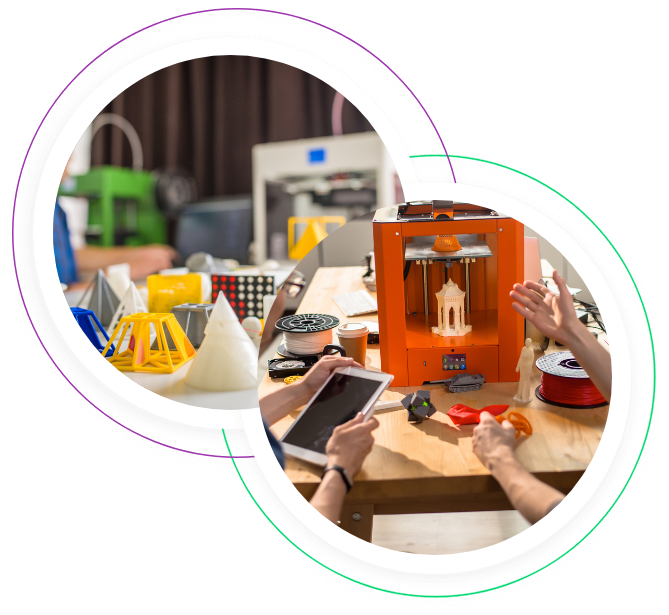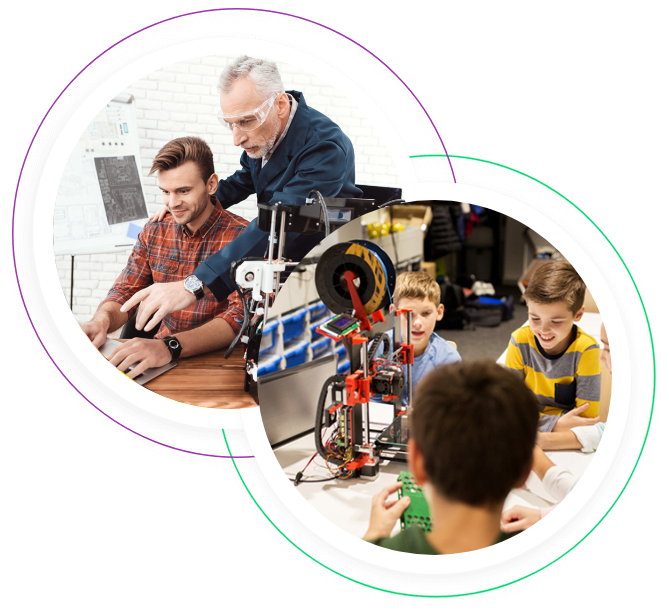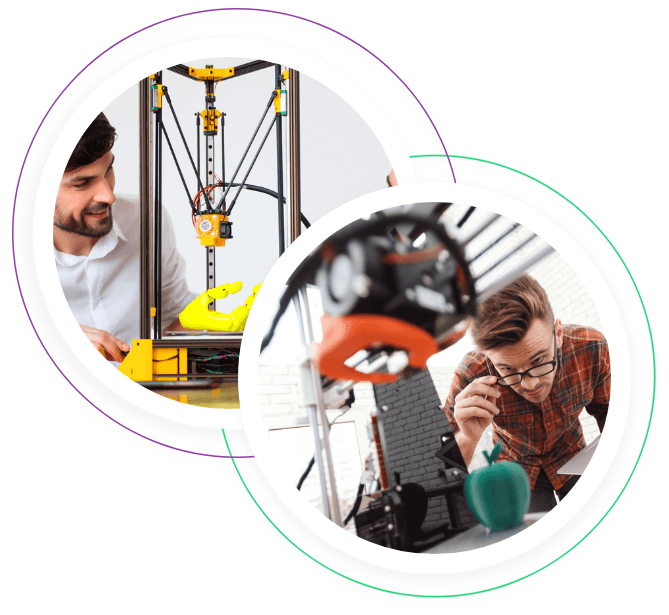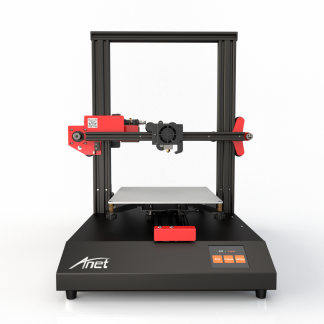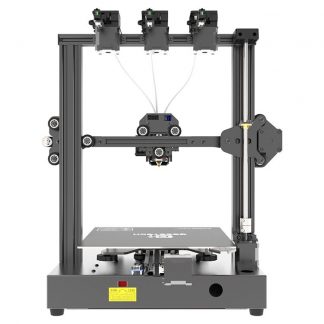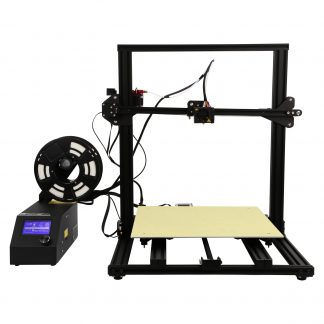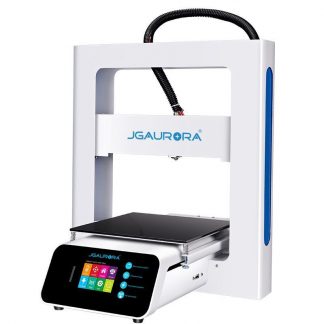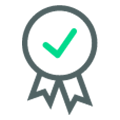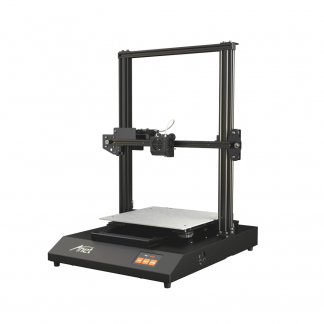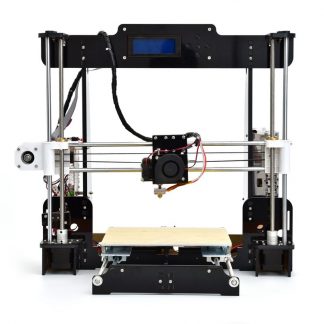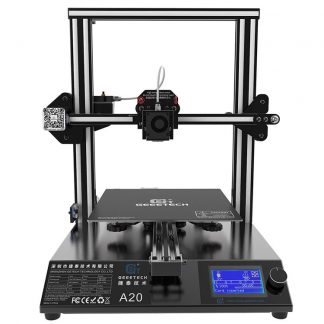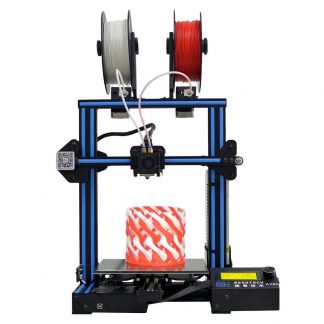Find a product
Featured products
You have nothing to worry about
Watch a video how it works
3D Printer World is the one-stop-shop for all your gadget needs. We took a tech shop to the next level by offering unique tech products, customer-centric features and shopping experience. Make your life more comfortable and fun with top-notch tech solutions.
Look what people created with 3d printer
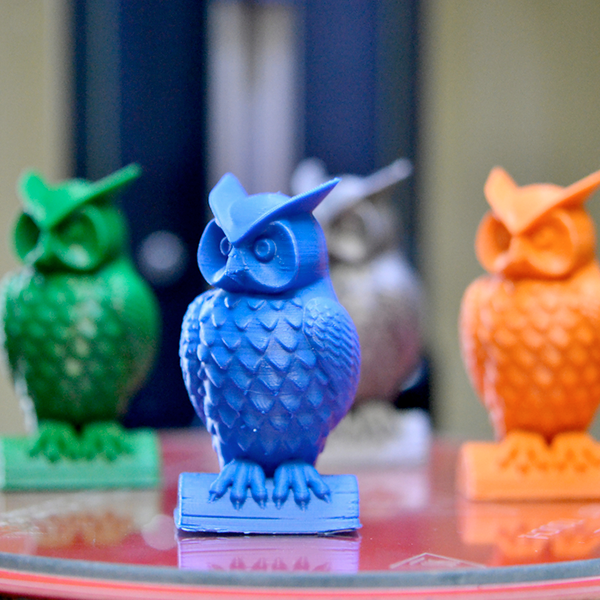
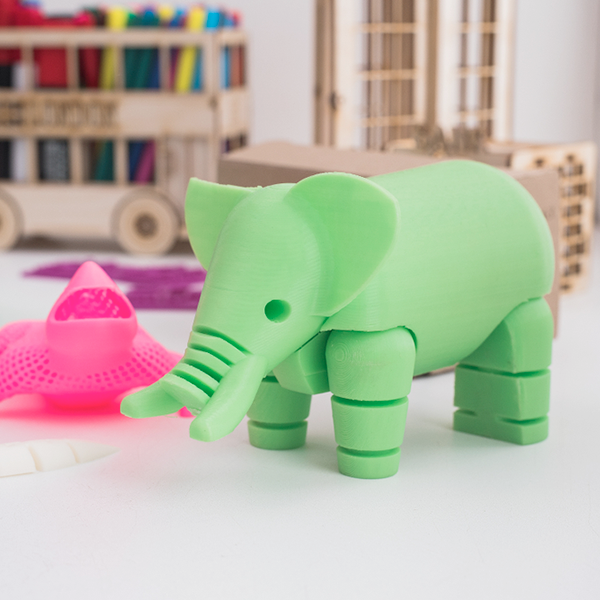
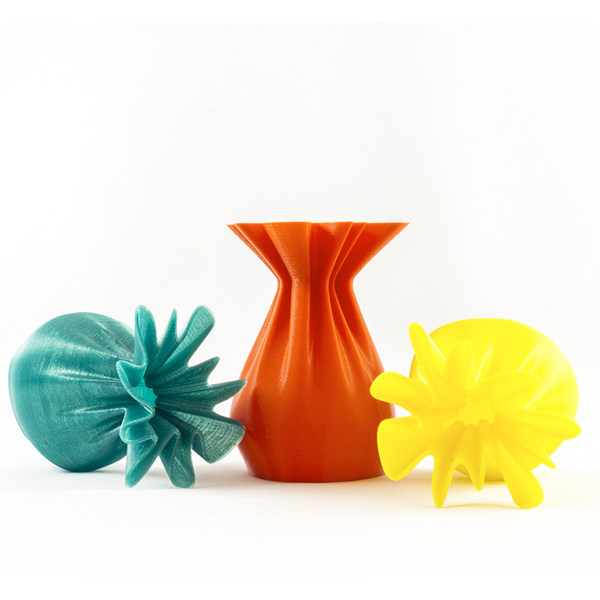
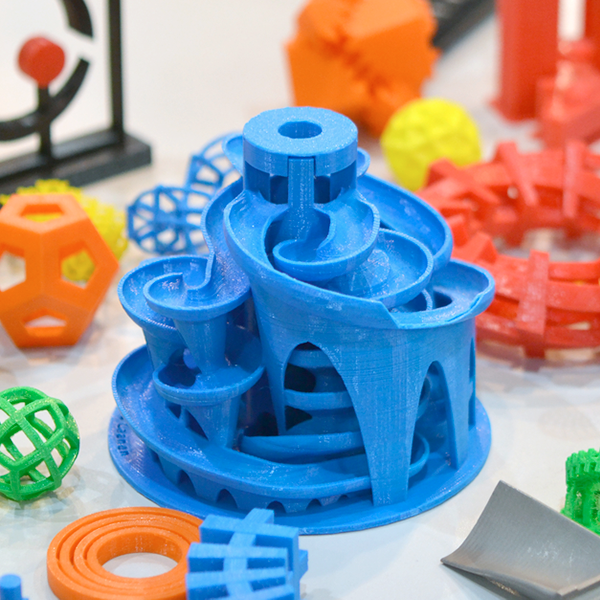
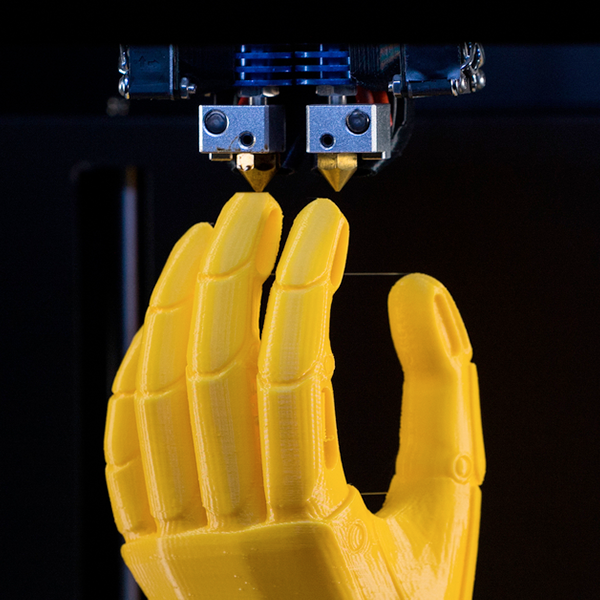
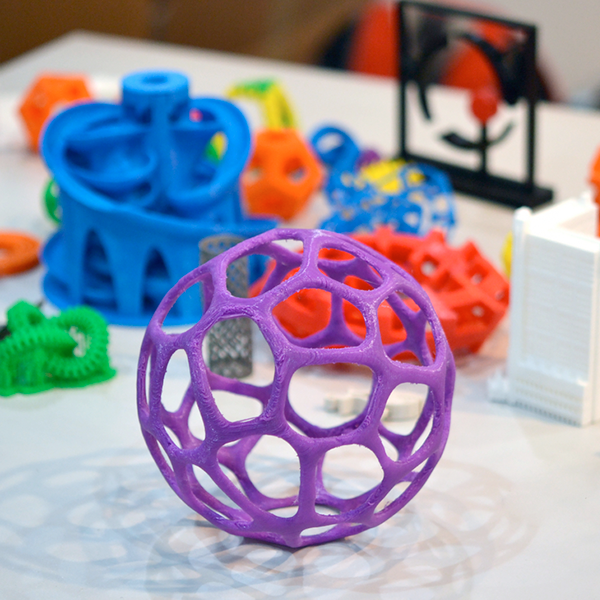
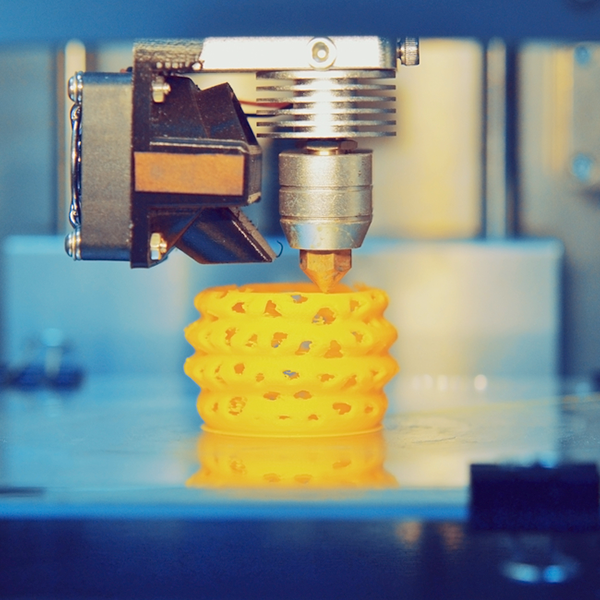
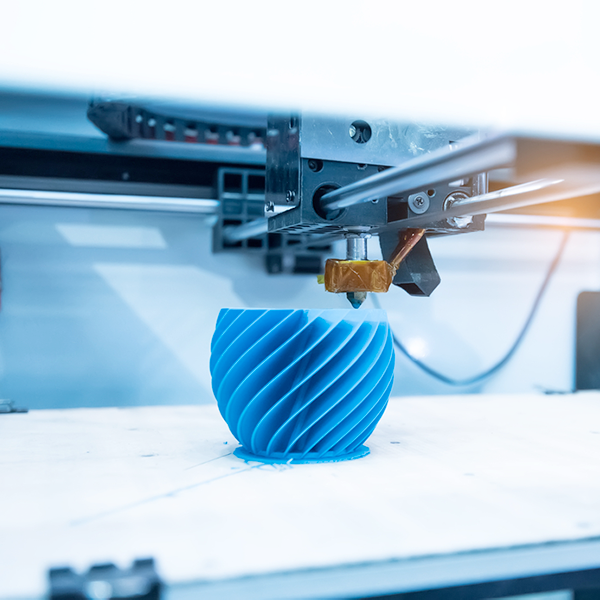
About 3D Printing
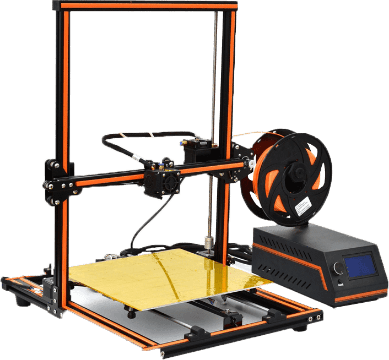
3D printing is a brand new revolutionary technology that has been dubbed the next big thing. It is a growing innovation and is rapidly proving to be a very exciting and efficient form of technology that produces three-dimensional models and prototypes of virtually any shape and size from 3D CAD files using raw materials such as different types of plastic, wood, metals, ceramic and so on. It has found wide use in modern manufacturing industries, like automotive, dental, aerospace, etc, in educational institutions as a tool to combine theory and practice in classrooms, test theories, and build models, and last but not least at homes, combining learning, creativity, and fun for the whole family. All those vary in size, shape, materials, and methods used, and of course price. For example, the home use models are on average more safe, quiet in operation, and compact, basically a budget 3D printer. On the other hand, professional manufacturing industrial grid 3D printers are bigger, more sophisticated, and of course, are in the upper price range. Here you will find machines for home, as well as educational and professional ones, that will be a perfect fit for your specific needs, as we have some of the most helpful and easy to use 3D printer kits UK market has to offer.
So what is 3D printing and how did this amazing technology start? The birth of this technology was released a decade ago, as a process known as stereolithography. Its components operate simultaneously using a layering technique where an object is constructed in sequence layers until it’s complete. The beauty of this technology is that it performs admirably with even the most complex shapes and parts, many of which cannot be produced using conventional printing methods. The creation of 3D printed objects is performed with additive manufacturing, a manufacturing process that constructs materials through successive material layers sliced piece by piece and built from the bottom-up to form the desired object.
Additive manufacturing offers significant printing benefits to conventional processes. For one, there are fewer steps between the CAD model and production promoting better efficiency, the manufacturing process is developed at a rapid speed for even the most complex shapes and sizes and materials are less prone to go to waste, all at a cheaper cost. With the benefits of 3D printing, there is no room for getting production wrong, but even the best 3D printer UK has to offer, allows you to reconstruct damaged sections of existing materials. Additive manufacturing continues to develop a more streamlined, efficient production processing which allows for the best printouts without effort. The extensive range of the best 3D printers that we have available, deliver outstanding and innovative high-quality printing performance.
Most 3D printer models that you can find on our website are affordable with efficient characteristics that can develop excellent designs from the simplest to the most complex material structures, with an impeccable design using different kinds of printing processes to provide an exquisite printing experience.
The best 3D printers for sale at at our webstore are presented with the following objectives in mind:
- Efficient Production at Lower Prices
The speed of production compared to traditional methods is second to none. Our machines deliver complex models in a relatively short time with their diverse range of features and functions. They are not designed just for the complex, advanced individuals, but are rather simple in use. We strive to cater to your needs and intricately deliver that model you’re looking for with the use of the simplest to most complex materials. Customers are also able to experience the convenience of cloud-based 3D printer models, as many of them sold through our website support that function. The efficiency of production also lowers inventory costs and therefore reduces labour time. Some of our best 3D printers have the Wi-Fi connectivity feature, ideal for the modern office or within a home environment as the best 3D printer for beginners. When it comes to lowering the 3D printing costs and raising the printing efficiency – our printers won’t leave you disappointed. Look through our catalogue to buy 3D printer you need!
- Less Material Wastage and Sustainable Results
The reduction of waste is a key feature in today’s efficient 3D processing. Our 3D printers UK only uses materials that are necessary when layers are sequentially added one after the other which secures less wastage of raw materials. Besides, its efficiency ensures the re-production of recycled and reused materials. There has been a growing demand for recycled filament to ensure the sustainability of our best budget 3D printer UK. Significant wastage is only formed from failed prints or discarded support structures. Our best 3D printers are prolific in ensuring the efficiency of waste reduction – materials are reusable, thus perfect models are produced with less harm to the environment. We also offer a range of sophisticated products that have a filament sensor, warning you if the filament is finished or broken and stops the printing to ensure quality and less waste. Moreover, we have 3D printer models that have a resume function, which means that if you have a power outage or accidental power cut off, the printer will resume printing from the last moment, thus providing a high success rate of your printing experience. So if you need to buy 3D printer UK has to offer and at the same time looking for a 3D printer for sale, you are in the right place.
- Mass Model Customisation
One of the key benefits of 3D printing is to reduce the need for expensive, dedicated tools and be specific to the materials and tools necessary for the design model needs. Printers sold at our 3D printer shop UK are built for significant waste reduction, yet use cost-effective printing components to precisely meet the requirements you are looking for. We make sure you get the best 3D printing quality without raiding your wallet too much. Expensive does not always equal high quality – our best budget 3D printers rely on rapid and efficient development at lower costs. Mass customization of 3D printer parts deliver the following elements: efficiently capture consumer data, the transformation of data into design and produce marketable cost rates. Once your requirements conclude that customisation is worth it, determine the information required for your model (dimensions, colour, text, features, etc). Establish the transformation of the data and estimate the cost for the 3D printer projects.
- Customer Needs Matter Most
Our shop always ensures that all of our technology is customer-friendly and safe. To secure the highest level of safety and quality that we deliver, our highly-trained team tests all the 3D printer models sold through our website. We only work with companies and brands that we trust and that passed through our in house tryouts and tests and are 3D Printer World-approved. Another important factor is that all of our products are delivered with clear instruction manuals and assembly methods with your safety in mind. Being able to efficiently develop the perfect model for our customers is our objective. We want to deliver a unique user experience and our best 3D printer kit for all of our models is designed with one “fit for all” solution. Plus, the cost of 3D printer here won’t make a hole in your pocket, as we are a specialised 3D printing shop and have some of the best cheap 3D printer UK has to offer. And this is why we stays ahead of the competition.
Here, our best budget 3d printers not only deliver efficiency but are also affordable, making your purchase worth the cost with guaranteed top-quality results. We, as a business, ensure that all of our products are regularly improved and enhanced. At our company, our competitive advantage stems from making it possible to develop the perfect prototype model every single time, due to being a specialised 3d printing store.
Our cheap printers offer high-quality, budget printing that is developed with unique features and functions that deliver exceptional versatility with simple usability and control. Our wide range of best budget 3D printer uk is easy to assemble, deliver efficient results and are equipped with cutting-edge technology to ensure exceptional printing results every time. Some of our cheap 3D printer uk comes with built-in crystal-clear printing resolution for consistent quality, dual-axis printing, temperature, and additive controls to deliver sleek contour lines, clear angles and strong structures. We have smart 3D printer models that connect to WiFi and have apps, by which they can be controlled, have filament detectors, auto-levelling, sophisticated heatbed and nozzle technology, air filtration, etc.
At our webstore, we thrive on innovation. The advantages of this technology is to make for promising technology that create a brand-new efficient way to print high-quality models compared to traditional methods. We also put a high value on ensuring that we meet this every time we enhance or develop a 3D printer for beginners. There are several factors that you, the customer, will look out for when deciding to buy a 3D printer and it is our prerogative to ensure that your product requirements are met. Even after your purchase from our wide range of cheap 3D printers, we pride ourselves on delivering personal support post-purchase. We want your experience with us to be unforgettable. Whether you have a question, some advice or need help with dysfunctional 3D printer accessories, we are always quick and happy to help.
Here are other services we offer:
- Exceptional on-time delivery whenever you need your product
- Self-development of products to maintain efficiency and innovation
- High-quality 24/7 customer support and experience
- Money-back guarantee
- Innovative and affordable 3D printer price.
Our company makes sure that our customers get good value for money. This means efficient performance with high-quality results, all at a reasonable and affordable 3D printer cost. We never compromise on quality, but rather price to ensure that you get the best out of your chosen product. Our expertise in the market of 3D printers in the UK has allowed us to deliver accessible and affordable products that may operate differently, but all produce the same results. Customers usually look for specific characteristics, like performance, low price, and creativity.
On our website you can find some of the most productive yet affordable 3D printer prices. Some of the 3D printers UK are so simple that they are ideal to use for beginners and advanced users alike. They support multiple filaments like ABS, PLA, PVA and much more. There is even a nylon 3D printer. We have some work of art cheap 3D printer UK engineered to be reliable and deliver quality and high performance. We can accommodate even the most creative minds, offering products that deliver excellent results, support a variety of filaments, have innovative and responsive UI to control print settings. We even offer the best cheap printers that have an auto-levelling function, which enhances the printing experience by ensuring a smooth output and an immaculate result.
When buying a 3d printer, the quality and great performance are some of the top priorities. All of our products are highly reliable and have high-performance records. There are ones that are equipped with built-in settings to manage your printouts. Now you can modify the design of your model in the printout without having to test everything through printing and wasting materials. Plus the 3D printer UK has the quietest operation.
We are here to help, whatever your needs may be. We have a ready and willing technical support team, available 24 hours a day 7 days a week. With an outstanding team and an outstanding range of 3D printer UK, they will easily meet your commercial and creative needs. Whether you need help with choosing 3D printer parts UK or looking to buy a 3D printer UK that is both efficient and quiet, or maybe need a price that won’t bite, do not hesitate to contact us.
We understand that price is a significant factor, which is why the costs are set with your affordability needs in mind, offering a great selection of cheap 3D printers. All of our 3D printer kits are complete with assembly instructions, whilst some can be bought already assembled. Our products are developed with various solid materials including plastic, acrylic, and coated glass. We package our products with protective boxes to ensure there are no damages upon delivery. That’s how you get the best 3D printer price UK has to offer packed with a great machine.
We have built a reputation to be reliable and successful with our products and are ready to serve you with our exceptional product range.
There you have it, all the reasons why our website is your choice when it comes to quality 3D printers and pre and post-purchase customer service. Make sure you check out the wide range of the products offered on our website and surely you will not be disappointed.
Happy 3D printer hunting!
30% of Profit Given
It’s important for us to give back to the community, so we can all prosper together. That’s why 30% of all profits we donate to underprivileged children and children living in orphanages through financial aid and educational opportunities
Learn more
Blog
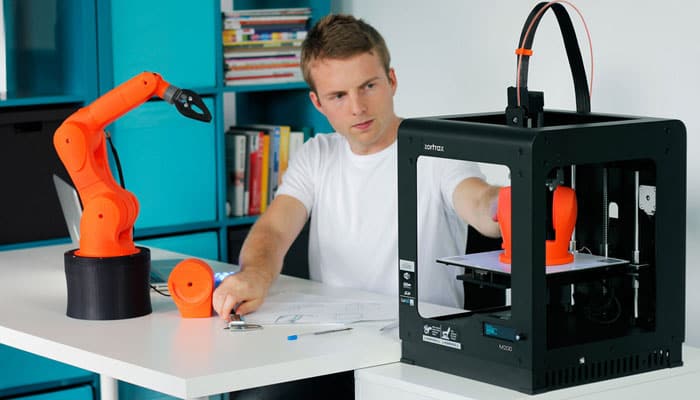
Benefits of 3D printing
3D printing is taking the world by storm and rapidly growing in usage and in volume too. But what is 3D printing? It is a unique proces October 25, 2021 Read more
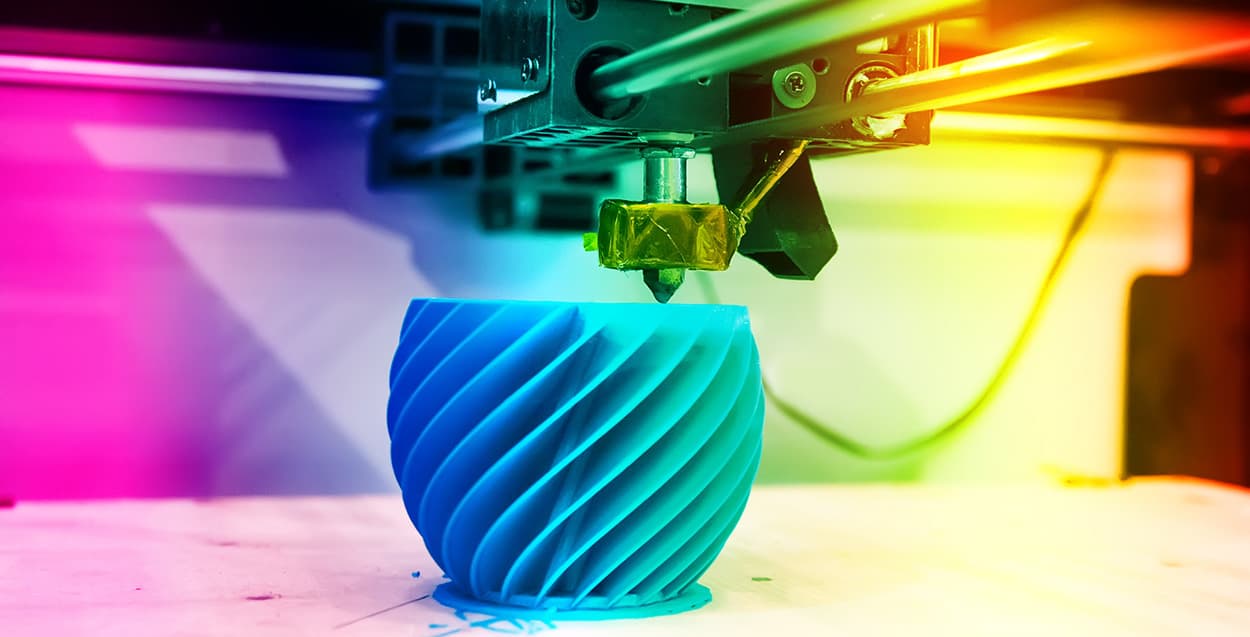
Origin and History of the 3D printing industry
What is 3D printing, and where did it come from? It might seem to have just appeared out of thin air for the younger generation, but it was October 6, 2021 Read more
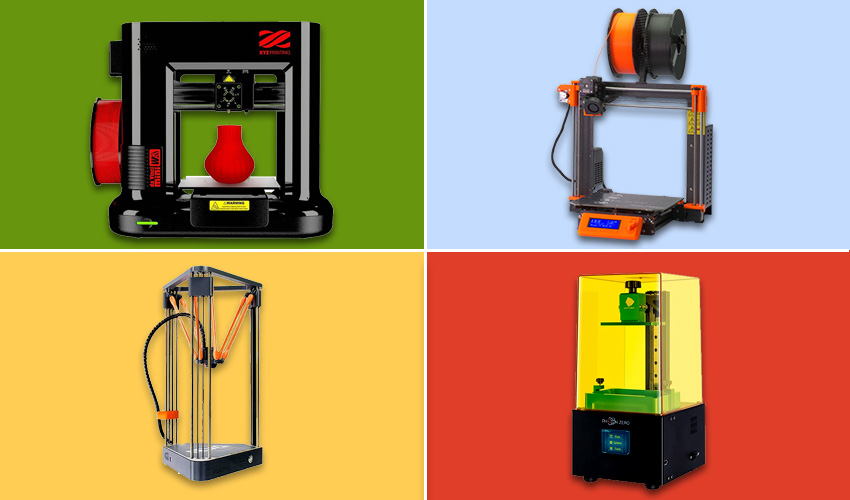
An overview of 3D printing technologies
3D printing has been taking leaps in development, since starting its journey from the early stages of the 1950s to the first properly working September 14, 2021 Read more
Testimonials
lilit
Good product
Mohammad H.
I usually do a 3D printing demonstration at my kids school, and this year I'll be taking the A20T!
KRISH CLARKE
Although the print quality is not the best, considering the close of the printer, it’s superb. It’s my first 3-D printer, so I cannot compare it to any other in terms of speed; however, it takes some time. Mine has never broken down or failed me. I would endorse it to any entry level 3-D printing fanatic.
Connor W.
This A20T printer was unbelievably easy to put together. All the wires are labeled, so it took only about half an hour to bolt the whole thing together, level the heatbed and it was ready to print!
FELIX B.
Currently, I am working on a fairly large project, and the printer has been working for almost 24 hours without a break; still, no issues.
Henry M.
This is my first 3D printer, so I was a little worried about putting it together myself, sine I've never done that before, but after watching a huge number of video instructions I felt confident enough. The labelling on the packages made everything much easier for me. Plus, it was even intimidating for me to turn it on for the first time, but after a few good prints, I was back on track. Kudos to JGAURORA. You guys made and excellent printer ! (with great instructions)
Louis G.
First of all, this printer has the power supply and the motherboard underneath the platform rather than next to it, which was much more convenient for me. The printer was generally easy to assemble and didn't require to square up and meddle with the lower frame.
MADDOX HOGAN
I’m delighted with my choice of a 3D printer.
EESA L.
This is the first 3D printer, and I am impressed by its performance. I can now print for my friends and me. A worthy transaction!
JACK J.
Very pleased with this kit!
ABDULLAH R.
Amazing product, great quality.
Luke A.
I had so much fun with this printer! I teach a robotics class in elementary school, so this printer helped me with numerous demonstrations. I was also able to install some upgrades. Mainly for extra protection, as the device is around little kids all the time. The prints turned out great though and the kids were ecstatic!
MUSTAFA R.
Configuring it is a straightforward task and soon after, you’re ready to start printing. It’s less noisy than I anticipated it can be placed anywhere.
CASPER O.
This is the best printer I’ve purchased and having worked with it, I can confirm the quality of its prints is superb and the customer service impeccable. I am even considering buying a second printer from the same brand.
CODY G.
After assembly and a few adjustments (including leveling the plate), the prints will amaze you. I would recommend it without hesitation.

Our vision
The idea behind 3D Printer World was to create something unique and futuristic for fellow tech enthusiasts like me. And what’s more so than a tech shop that sells all kinds of cool gadgets for those who like technology and want to make their life more fun?

